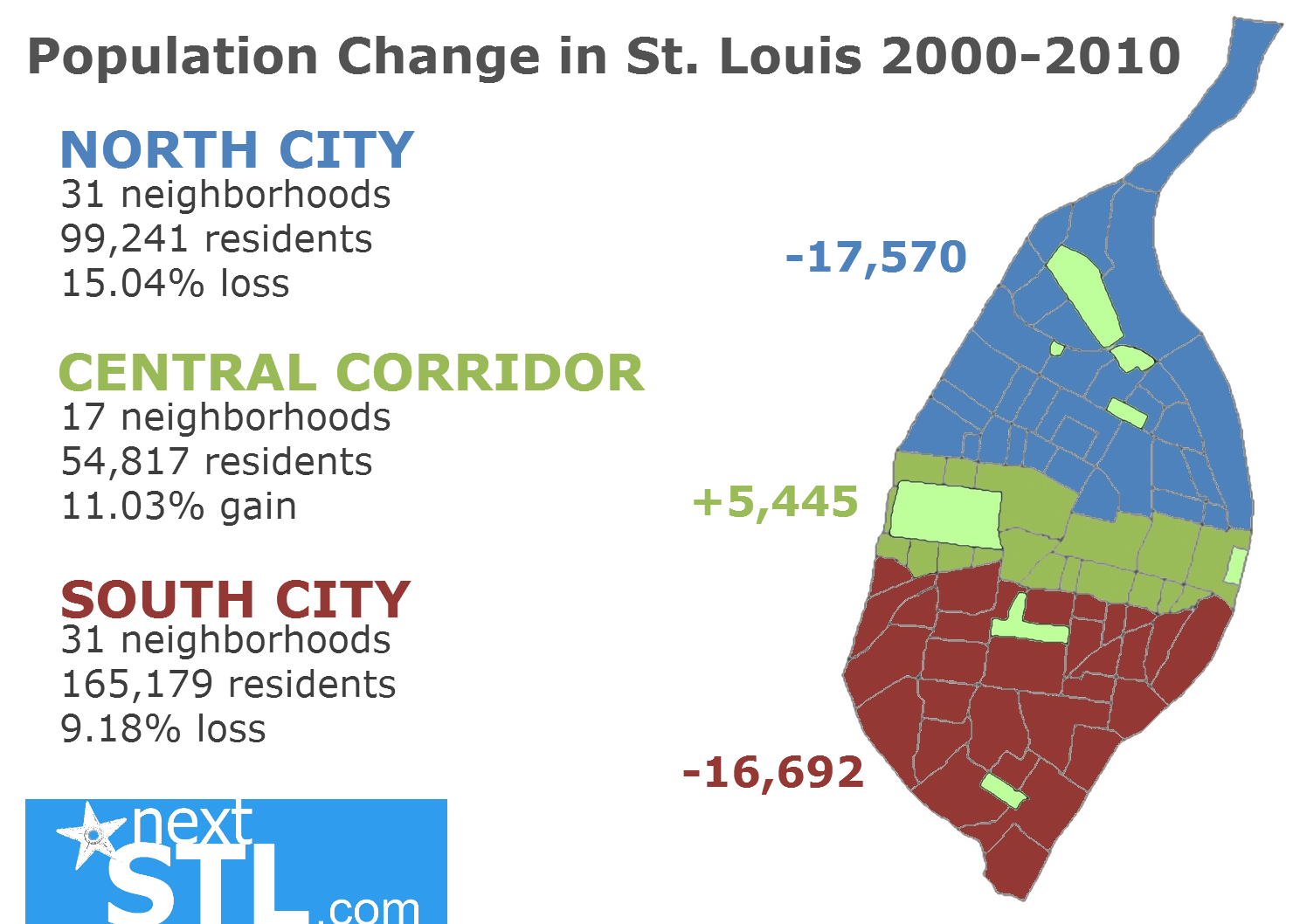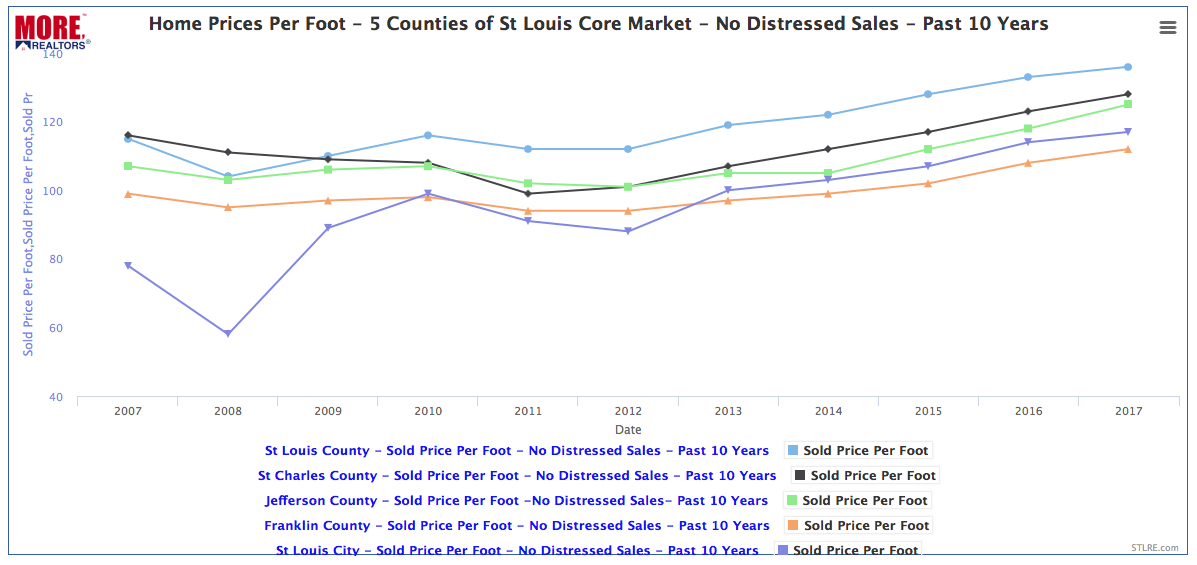
A handful of cities are experiencing severe long-term decline: Detroit is down 93,400 residents from 2010 to 2022, a 12.8 percent decline.A narrow majority (52) of the 100 largest cities saw positive growth from 2010 to 2020 and from 2020 to 2022.The surrounding metropolitan area grew faster than the core city for 72 of the 100 largest cities, indicating that suburban and exurban growth outpaced urban growth.The strongest performing city in the Midwest was Columbus, OH, with 0.2 percent population growth from 2020 to 2022.Seattle was the only West Coast city to climb back above its 2020 population with 12,200 new residents added in 2022.Fort Worth added 30,000 new residents since 2020, putting it on track to surpass San Jose-the next most populous city-in a year or two.The urban Northeast had 150,000 fewer residents in 2022 than in 2020, and Midwest cities struggled to return to positive growth.Only cities in the South have returned to pre-pandemic growth rates as of 2022, although many cities in the West have started to add population again.If you’re looking to consolidate, expand or move, we’re here to assist. The work of our business attraction team is confidential, complimentary, and comprehensive. The region’s affordability and income levels offer the seventh-highest standard of living among the 53 largest U.S.


metro average, a key advantage for a large metro area. Louis has a Cost of Doing Business index of 93 percent of the U.S. Venture capital investment in area startups has risen to record levels recently, with more than $400 million invested in 2020. Louis forms more than 6,000 new businesses annually - a number that employs more than 50,000. These companies have locations across the globe, employ hundreds of thousands of people and have hundreds of billions in revenues.Ĭurrently, in the midst of an entrepreneurial renaissance, Greater St. Louis is home to 22 major headquarters listed on the Fortune 1000, Forbes Global 2000 and Forbes list of America’s Largest Private Companies. Here, more than 35 percent of adults have a bachelor’s degree or higher, well above the U.S. Louis region’s 10, two-year community, vocational, and technical colleges. Thirty four-year colleges and universities enroll more than 100,000 students and award more than 25,000 bachelor's or advanced degrees annually, while over 40,000 attend the St. Louis, workers and employers both are supported by one of the largest educational markets in the U.S., producing considerable numbers of new graduates every year. Workers are employed in a range of specialized occupations, including business specialists, technicians, scientists, engineers, healthcare professionals, teachers, artists, computer programmers, analysts, and more. And each year, we welcome about 50,000 people relocating into the region, a major source of new workforce talent for employers.

Louis has a vast and talented workforce of 1.5 million people. Located at the intersection of three major rivers, five interstate highways, five airports and six Class I railroads, our strategic central location provides efficient access to U.S. The region is a major national transportation hub close to the geographic and population centers of the U.S. Louis has competitive strengths in advanced manufacturing, bioscience and health innovation, digital transformation, financial and business services, and mobility and transportation. metro area mirroring the national industry mix. The region ranks as the third most economically diverse U.S. Louis was founded as a trading center, grew into a manufacturing powerhouse, expanded its service sector, and developed into a major tech hub. The 15-county bi-state area comprises 2.8 million residents, 1.5 million workers and 88,000 business establishments. Louis, the nation’s 21st largest metro, is one of the largest regional economies in the U.S., with a gross metro product of $173 billion.


 0 kommentar(er)
0 kommentar(er)
